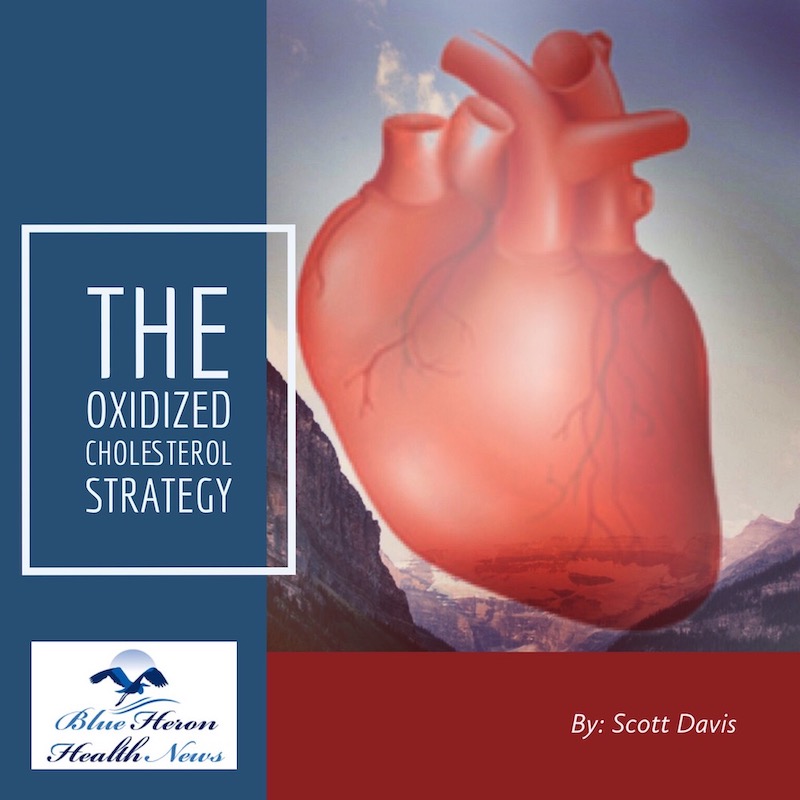
The Oxidized Cholesterol Strategy™ By Scott Davis The Oxidized Cholesterol Strategy is a well-researched program that reveals little known secret on how to tackle cholesterol plaque. This program will tell you step by step instructions on what you need to completely clean plaque buildup in your arteries so as to drop your cholesterol to healthy level.
How can regular exercise help reduce oxidized cholesterol levels?
Regular exercise plays a significant role in reducing oxidized cholesterol levels and improving overall cardiovascular health. Here’s how regular physical activity helps in combating oxidized cholesterol:
1. Reduction of Oxidative Stress
Increased Antioxidant Defense
- Enhanced Antioxidant Enzyme Activity: Regular exercise boosts the activity of antioxidant enzymes such as superoxide dismutase (SOD), catalase, and glutathione peroxidase. These enzymes neutralize reactive oxygen species (ROS) that cause LDL oxidation.
- Increased Antioxidant Levels: Exercise can increase the levels of endogenous antioxidants like glutathione, reducing oxidative stress and preventing the oxidation of LDL cholesterol.
Decreased ROS Production
- Improved Mitochondrial Function: Regular physical activity enhances mitochondrial efficiency, reducing the production of ROS during energy metabolism.
- Reduced Inflammation: Exercise has anti-inflammatory effects, lowering systemic inflammation that contributes to oxidative stress and LDL oxidation.
2. Improvement in Lipid Profile
Lowering LDL Cholesterol
- Decreased LDL Levels: Regular exercise helps lower the levels of low-density lipoprotein (LDL) cholesterol in the blood, reducing the substrate available for oxidation.
- Improved LDL Particle Size: Exercise can increase the size of LDL particles, making them less prone to oxidation. Small, dense LDL particles are more susceptible to oxidative damage compared to larger, buoyant particles.
Raising HDL Cholesterol
- Increased HDL Levels: Exercise raises high-density lipoprotein (HDL) cholesterol levels, which play a protective role in cardiovascular health.
- Enhanced Reverse Cholesterol Transport: HDL helps in the reverse transport of cholesterol from the arteries to the liver for excretion. Higher HDL levels improve this process, reducing the amount of LDL cholesterol available for oxidation.
3. Weight Management
Reduction in Body Fat
- Decreased Adiposity: Regular exercise helps reduce body fat, which is associated with lower levels of oxidative stress and inflammation.
- Improved Insulin Sensitivity: Exercise improves insulin sensitivity, reducing the risk of metabolic syndrome and type 2 diabetes, both of which are linked to increased oxidative stress and LDL oxidation.
Balanced Hormonal Levels
- Hormonal Regulation: Physical activity helps balance hormones such as insulin, cortisol, and adiponectin, which play roles in lipid metabolism and inflammation.
4. Enhanced Endothelial Function
Improved Blood Flow
- Vasodilation: Exercise promotes the release of nitric oxide, a vasodilator that improves blood flow and reduces shear stress on blood vessel walls, lowering the risk of endothelial dysfunction and LDL oxidation.
- Reduced Endothelial Permeability: Improved endothelial function decreases the permeability of the vascular endothelium, reducing the penetration of LDL into the arterial wall where it can be oxidized.
5. Reduction in Systemic Inflammation
Anti-Inflammatory Effects
- Lowered Cytokine Levels: Regular exercise reduces the levels of pro-inflammatory cytokines (e.g., TNF-α, IL-6) and increases anti-inflammatory cytokines (e.g., IL-10), mitigating chronic inflammation that promotes LDL oxidation.
- Increased Production of Myokines: Muscle contractions during exercise release myokines, which have anti-inflammatory effects and improve lipid metabolism.
6. Improved Mitochondrial Health
Mitochondrial Biogenesis
- Increased Mitochondrial Density: Regular exercise stimulates the production of new mitochondria (mitochondrial biogenesis), enhancing the cell’s ability to produce energy efficiently and reducing oxidative stress.
- Enhanced Mitochondrial Function: Better mitochondrial function means less production of ROS during ATP synthesis, thereby reducing the oxidative modification of LDL cholesterol.
7. Regulation of Blood Pressure
Lowered Blood Pressure
- Hypertension Control: Exercise helps lower blood pressure, reducing the mechanical stress on blood vessel walls that can lead to endothelial damage and subsequent LDL oxidation.
- Improved Vascular Health: Regular physical activity promotes overall vascular health, reducing the risk of conditions that contribute to cholesterol oxidation.
8. Psychological Benefits
Stress Reduction
- Decreased Stress Hormones: Regular physical activity helps reduce levels of stress hormones such as cortisol, which can contribute to oxidative stress.
- Enhanced Mental Health: Exercise improves mental health by reducing anxiety and depression, which are associated with increased oxidative stress.
Conclusion
Regular exercise provides numerous benefits that collectively help reduce oxidized cholesterol levels. By enhancing antioxidant defenses, improving lipid profiles, managing weight, enhancing endothelial function, reducing systemic inflammation, improving mitochondrial health, regulating blood pressure, and providing psychological benefits, exercise acts as a powerful tool in combating oxidative stress and preventing LDL oxidation. Incorporating regular physical activity into your lifestyle is a key strategy for maintaining cardiovascular health and reducing the risk of atherosclerosis and other related diseases.
The Oxidized Cholesterol Strategy™ By Scott Davis The Oxidized Cholesterol Strategy is a well-researched program that reveals little known secret on how to tackle cholesterol plaque. This program will tell you step by step instructions on what you need to completely clean plaque buildup in your arteries so as to drop your cholesterol to healthy level.
